Buying a Fish Processing Line: 6 Critical Factors Every Procurement Manager Should Consider
🧭 Introduction: The Right Line Shapes Your Plant for the Next 5+ Years
Whether you're building a new seafood processing plant or upgrading outdated machinery, investing in the right fish processing line is one of the most impactful decisions you’ll make. This isn't just a capital expenditure—it’s the foundation of your future productivity, food safety compliance, and profit margins.
Poor equipment decisions can lead to production bottlenecks, subpar product quality, non-compliance with food regulations, and high labor or maintenance costs.
This article walks you through six key decision areas to help you assess your needs and choose a fish processing line that’s scalable, compliant, cost-effective, and future-ready.

1️⃣ Capacity Needs & Scalability: Plan Beyond Your Current Demand
Most new buyers focus only on current production goals—but smart investment means preparing for growth. Seasonal peaks, expanding product lines, or new B2B contracts can easily outgrow a system in 12–24 months.
✔ What to consider:
Current vs. peak output: Calculate hourly/daily volume required for regular vs. high-demand periods.
3–5 year growth forecast: Will you add SKUs or take on OEM/private label contracts?
Scalability: Is the system modular? Can you expand with extra modules (e.g., filleting units, tray packing)?
Downtime for upgrades: Can future upgrades be added without full system shutdown?
2️⃣ Fish Species & Product Type: The Right Equipment for the Right Fish
Each species has different properties—fat content, bone structure, muscle density—which affect how it's processed. Your product format also plays a critical role in equipment configuration.
🐟 Species-based considerations:
| Fish | Characteristics | Processing Challenges |
|---|---|---|
| Salmon | Soft tissue, fatty | Easily damaged; needs precise cutting, chilling |
| Tilapia | Small size, many bones | High de-boning accuracy required |
| Cod | Flaky, delicate | Careful handling during thawing and cutting |
| Sardine / Mackerel | Long, oily | Specialized cutting/filling for consistent packaging |
📦 Product types impact the machinery:
Whole fish: Scalers, gutting machines, washing tunnels
Fillets/steaks: Precision cutters, automatic de-skinning
Mince/fish paste: Grinders, fine filters, emulsifiers
Ready-to-eat: Cooking, sterilization, packaging modules
Choose a line designed for your core species and flexible enough to adapt to others in the future.
3️⃣ Level of Automation vs. Labor Cost: Find the ROI Sweet Spot
There’s no one-size-fits-all answer for automation. Your decision should balance labor availability, product complexity, and ROI timelines.
⚙ Common configurations:
| Model | Features | Best For |
|---|---|---|
| Full Automation | Minimal labor, high precision, data logging | High-volume, export-oriented plants |
| Semi-Automation | Core steps automated, operators assist | Mid-size processors with variable orders |
| Manual Lines | Low investment, high flexibility | Small startups or low-volume operations |
📊 Evaluate ROI like this:
Annual labor cost savings
Output increase per hour
Reduction in product defects or rework
Improved traceability and compliance
Expected payback period (usually 12–18 months)
4️⃣ Food Safety & Hygiene Compliance: A Non-Negotiable for Export Markets
In export-focused seafood processing, passing audits isn’t optional—it’s your license to operate. Your fish processing equipment must be designed with hygiene and food safety built-in.
🧼 Look for equipment features like:
Food-grade stainless steel (304/316)
Hygienic design: no dead zones, easy-to-clean geometry
Drainage slope: no water pooling, fast drying
Tool-free disassembly: simplifies cleaning and inspection
Sterilization traceability: temperature, time, and pressure digitally logged
🌍 Compliance standards to plan for:
HACCP: Essential for most international buyers
FDA: Mandatory for US entry
CE: Required for EU-bound equipment
ISO 22000 / BRC / IFS: Common retail requirements
Halal/Kosher options: Needed in Middle East, Israel, etc.
Buying compliant equipment reduces audit risks and improves your buyer appeal.
5️⃣ Energy Use & Environmental Compliance: Operational and Reputational Impact
Energy costs are rising globally. Water use and waste management are under scrutiny. Greener operations are becoming key purchasing criteria for buyers and governments alike.
🌿 What modern systems offer:
Energy recovery systems: Capture heat from sterilizers for cleaning water preheating
Water-saving spray units: Cut water usage per kg processed
Waste management interfaces: Easy integration with factory waste treatment plants
Low-noise, low-emission designs
Eco-friendly lubricants & seals
✅ Long-term benefits:
Lower utility bills
Improved factory working conditions
Easier local environmental permitting
Eligibility for green certifications or subsidies
6️⃣ After-Sales Service & Technical Support: Don’t Gamble on Downtime
A high-performance line with poor service is a ticking time bomb. Make sure your supplier offers full lifecycle support to minimize downtime and maximize productivity.
🔧 Ask suppliers about:
Response time: Do they guarantee 24–48 hour support response?
Spare parts: Are critical parts in stock? Shipping lead time?
Installation & commissioning: On-site support or remote setup?
Training: Will they train your operators and maintenance teams?
Software updates: Are digital systems upgradable in future?
A good partner ensures your system stays efficient, compliant, and future-proof.
Final Thoughts: Choose the Line That Matches Your Vision
A fish processing line is more than a production tool—it’s your brand engine, compliance gateway, and margin protector. Choosing the right line means balancing technology, cost, scale, and long-term business goals.
If you’re building a new plant or upgrading for global competitiveness, don’t settle for “good enough.” Choose a solution that grows with you, meets market standards, and turns your factory into a world-class operation.
Must-Read Blogs For Chain Restaurants Owner

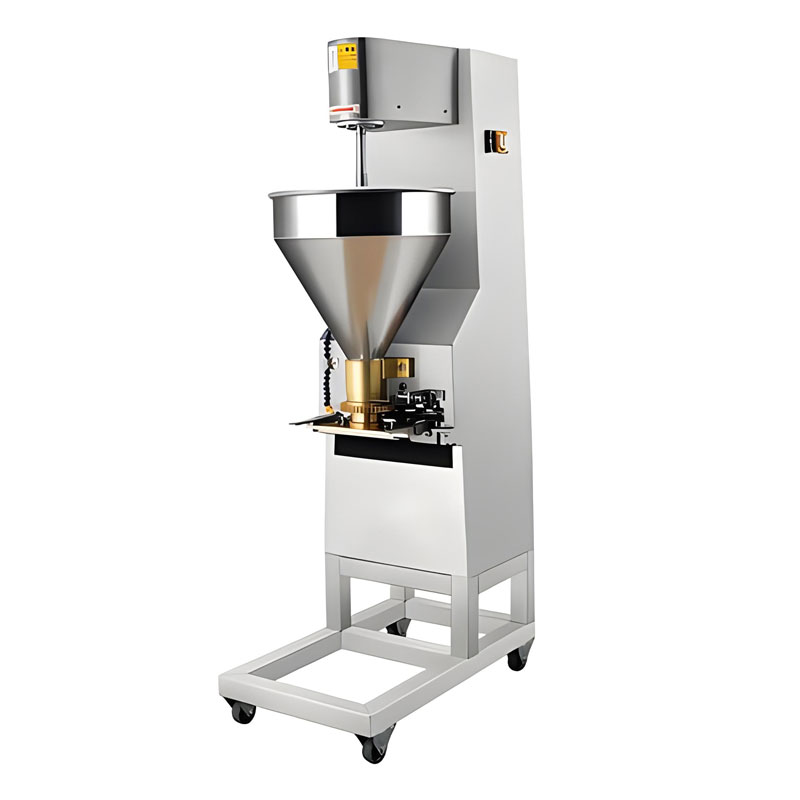
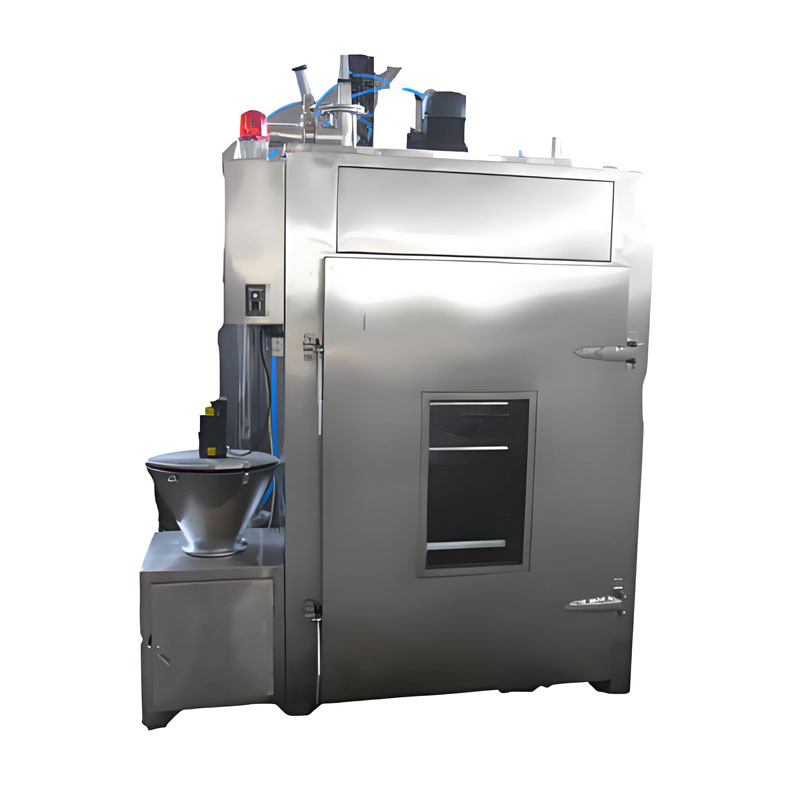
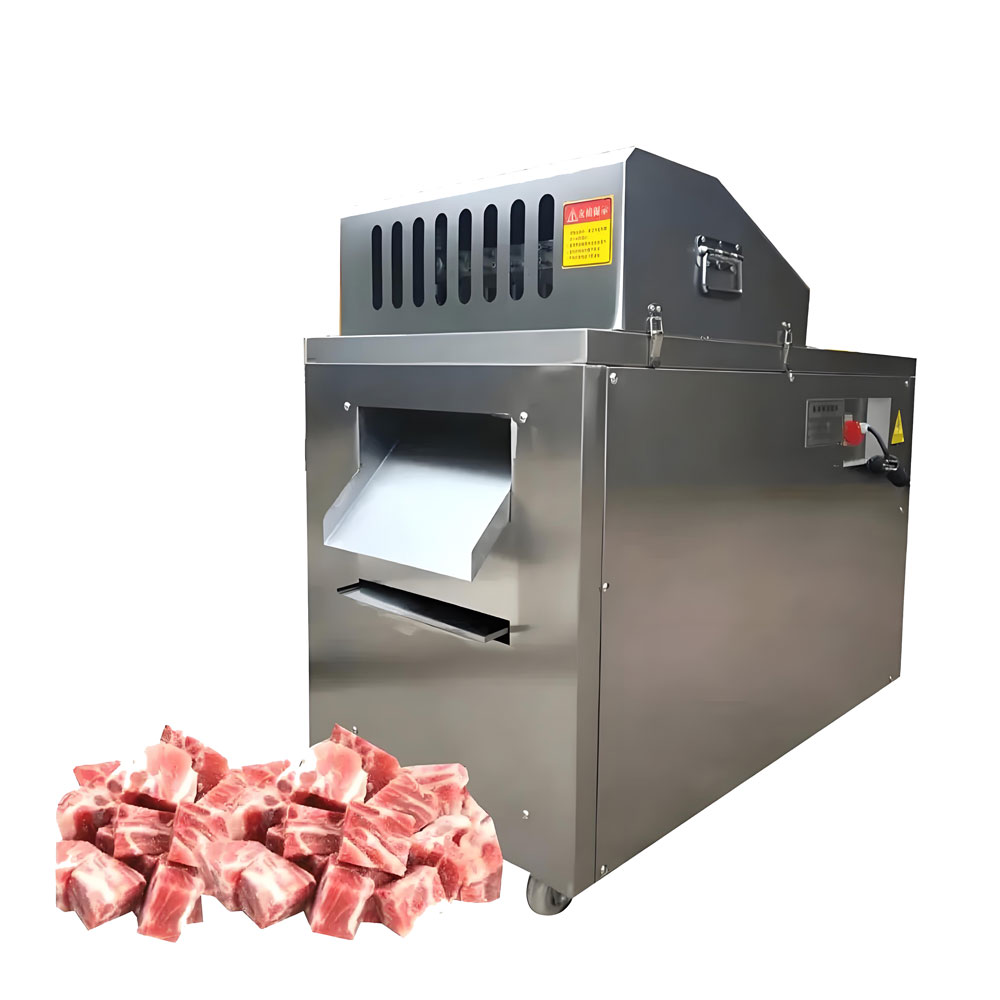
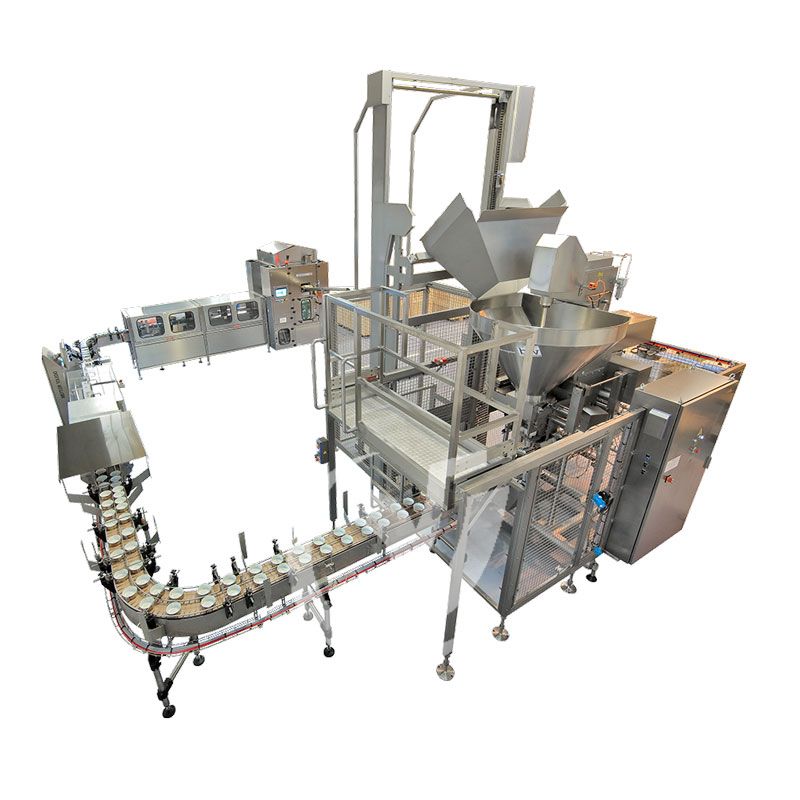

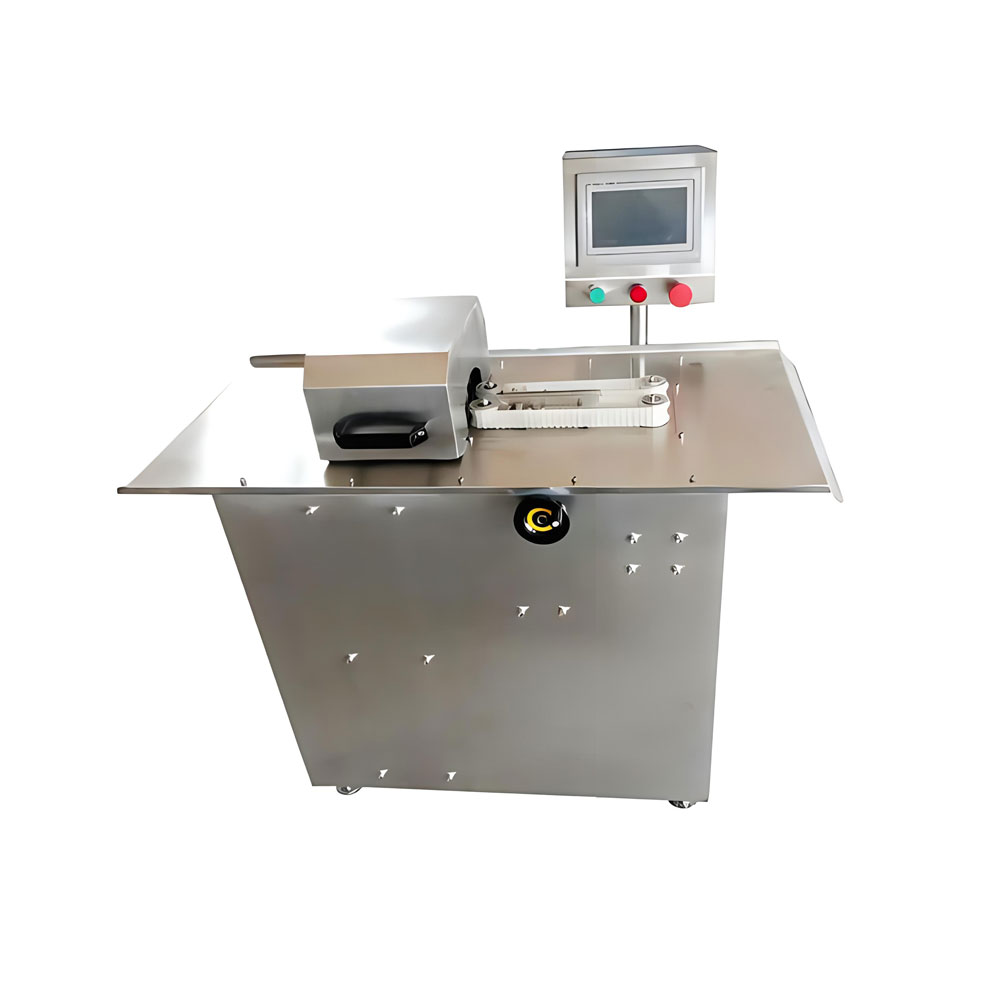
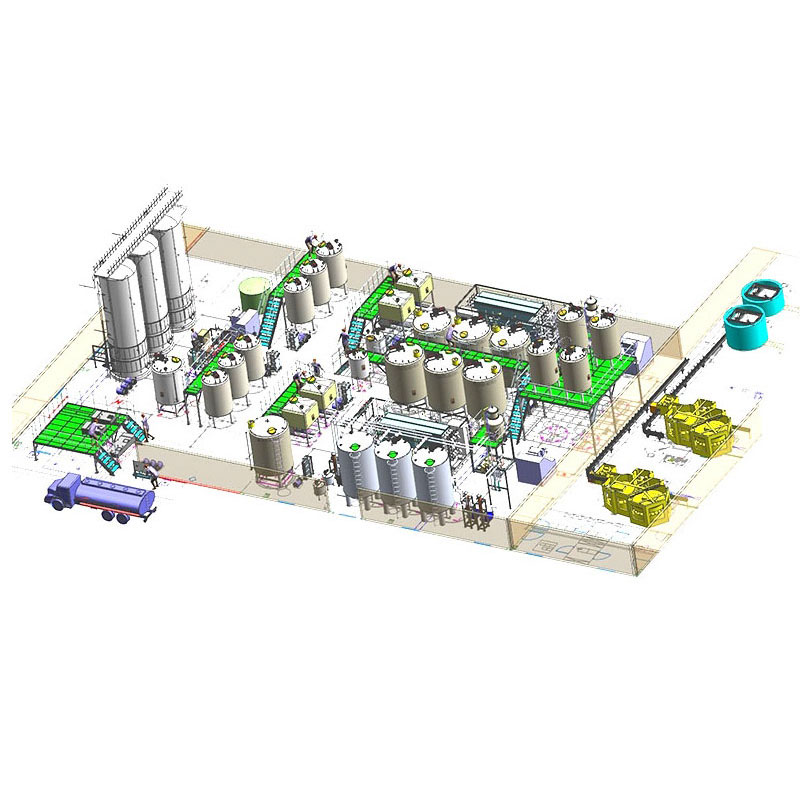
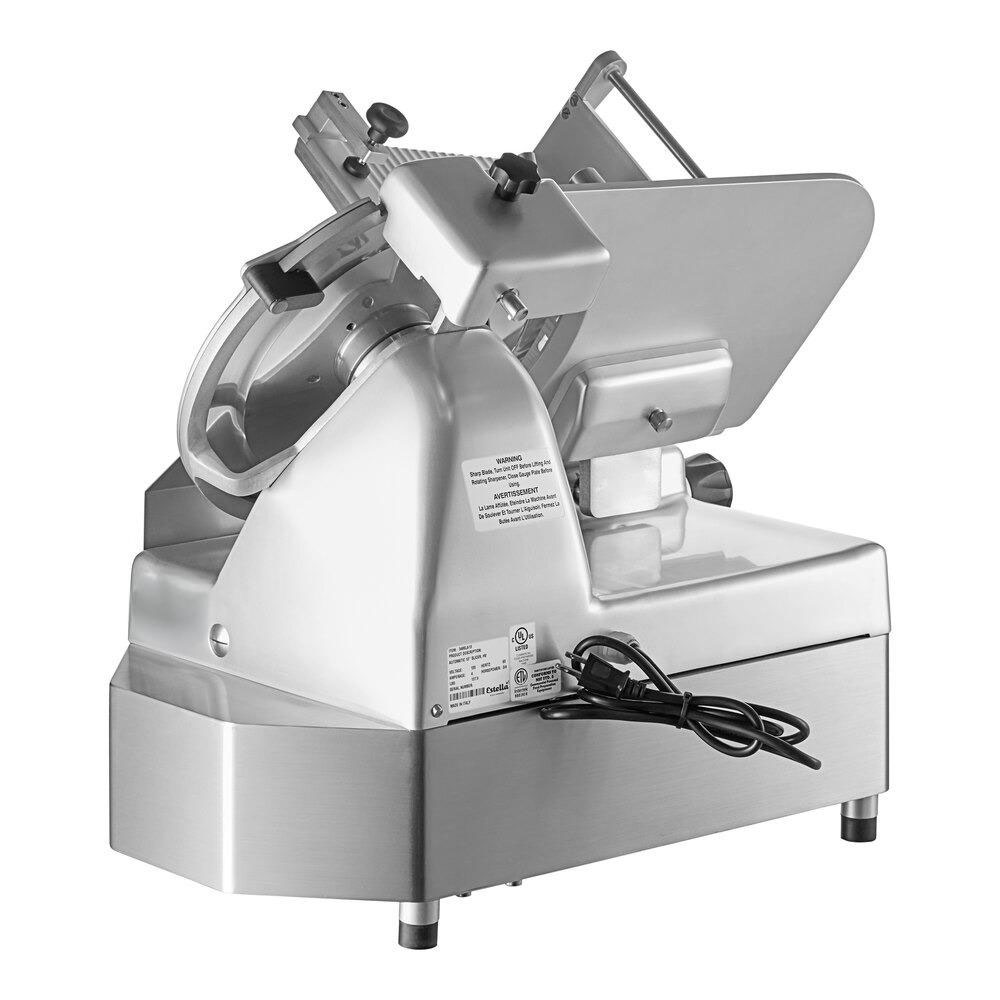
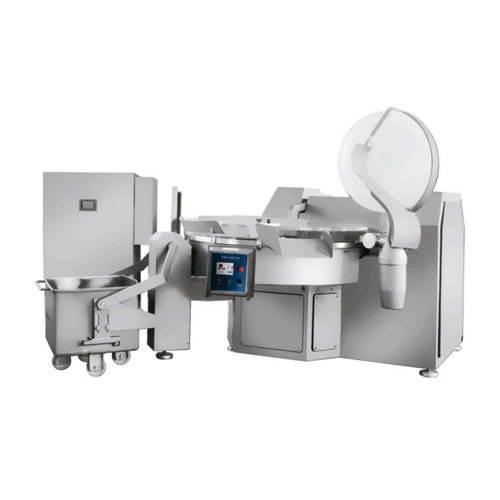
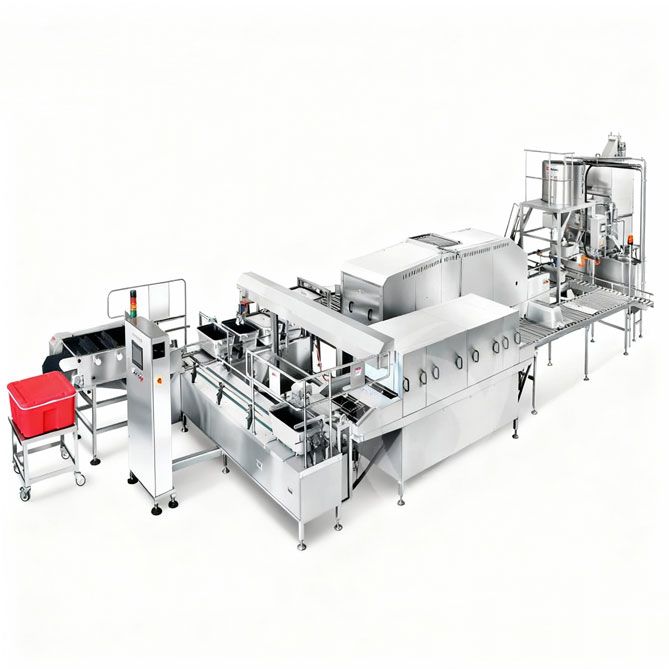
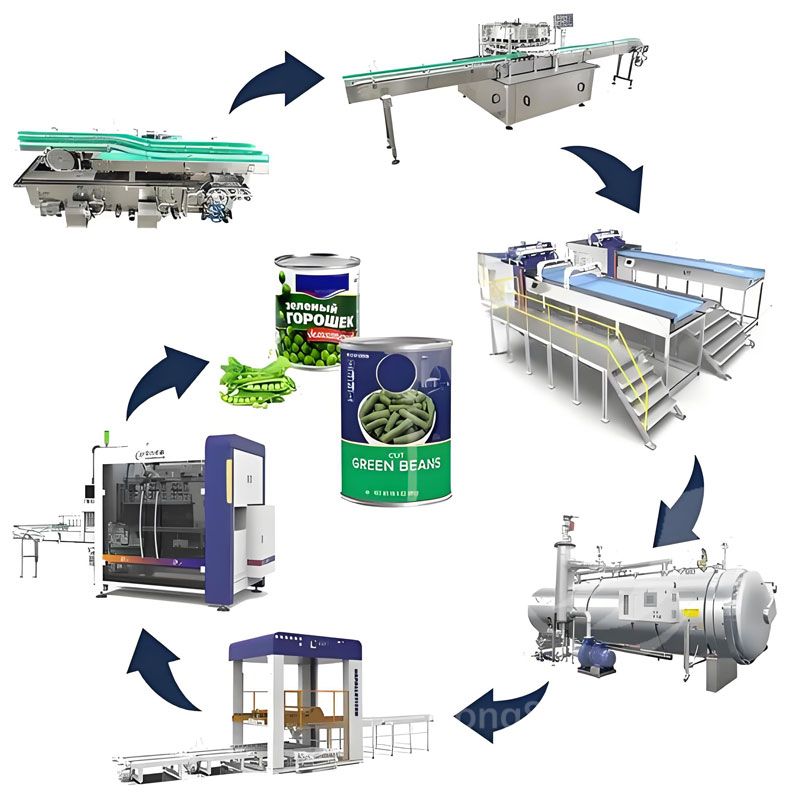 Green Bean Canned Food Production Line
Green Bean Canned Food Production Line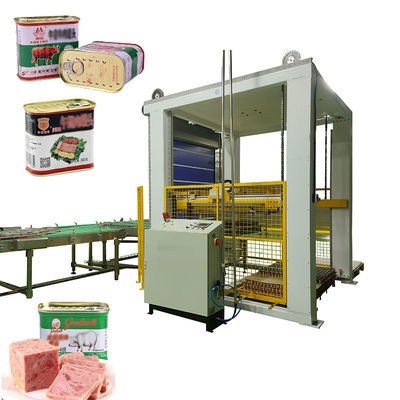 Canned Meat Production Line
Canned Meat Production Line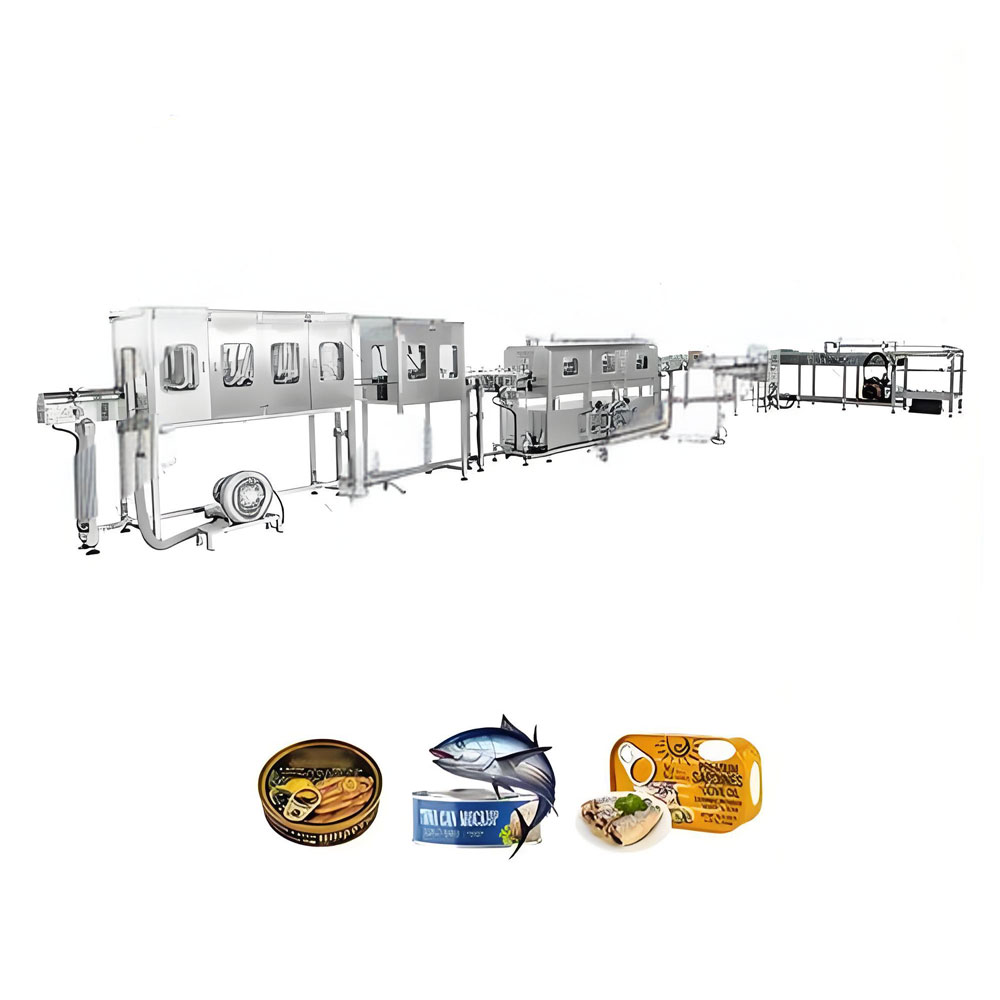 Eel Canned Food Production Line
Eel Canned Food Production Line
Ready to Get Started?